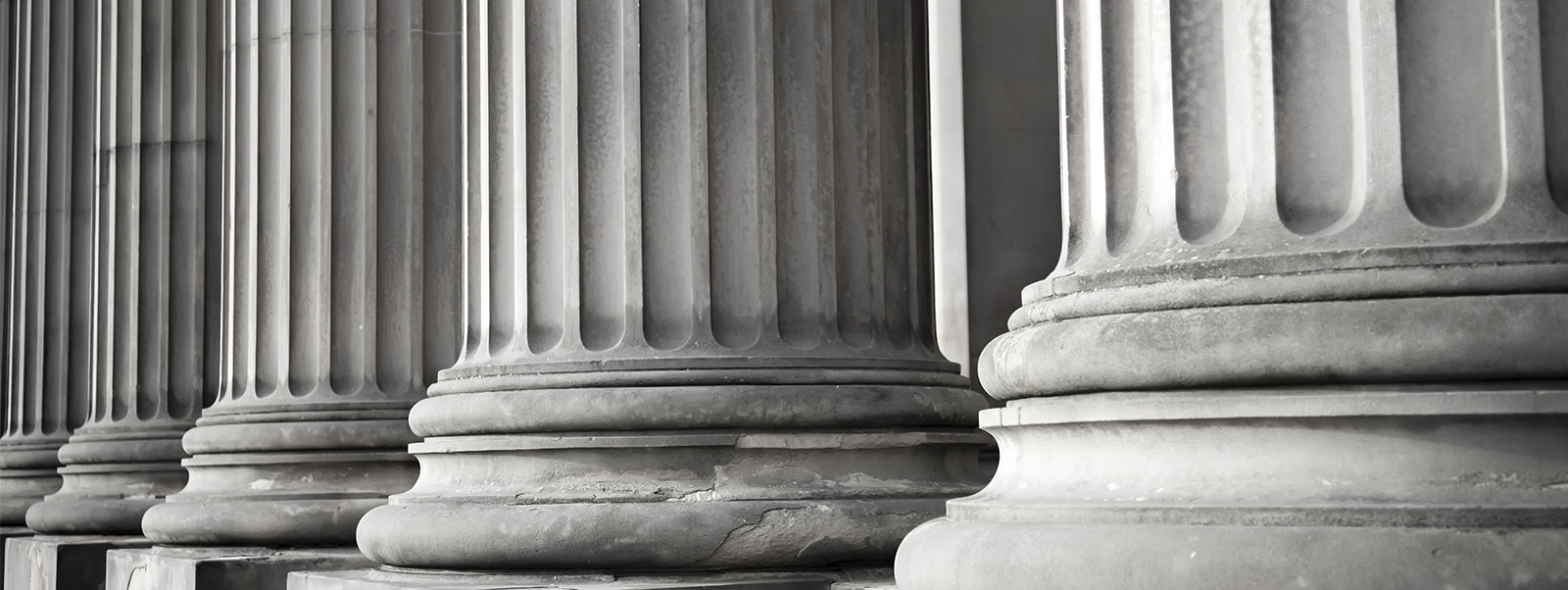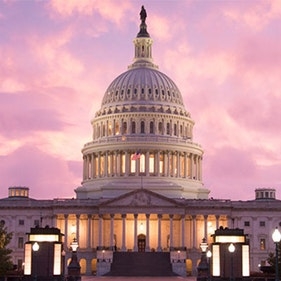The lack of vacancies that’s likely to develop may mean that some presidents – even two-term presidents – will not get an opportunity to appoint a justice, and presidents who do will be able to leave a mark on the court for many years after their time in the White House. As a result, some scholars and officials are beginning to contemplate setting term limits on the justices in an effort to maintain the delicate system of checks and balances among the three branches of government.
What follows are three findings from an actuarial analysis we conducted, which examines the impact of increasing longevity on the Supreme Court:
How much do you know about the Supreme Court?
Test your knowledge by clicking on the numbers below
How Longer Lifespans Are Reshaping The Supreme Court
As Donald Trump nominates his second justice, the US Supreme Court is suffering from potential longevity problem. With Americans living to older ages, its more recently appointed members – almost all in their fifties when elevated to the high court – are not likely to be going anywhere for two or three decades. The lack of vacancies that’s likely to develop may mean that some presidents – even two-term presidents – will not get an opportunity to appoint a justice, and presidents who do will be able to leave a mark on the court for many years after their time in the White House. As a result, some scholars and o cials are beginning to contemplate setting term limits on the justices in an effort to maintain the delicate system of checks and balances among the three branches of government.










